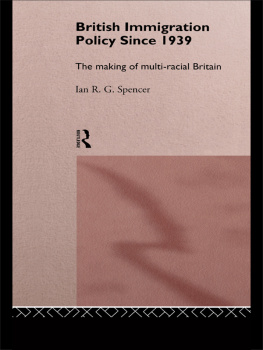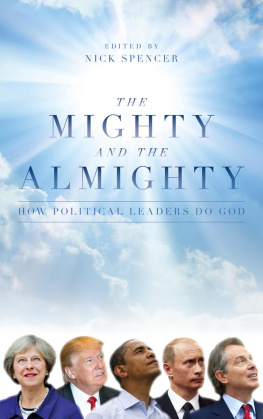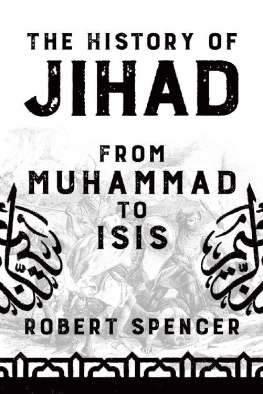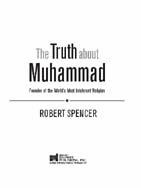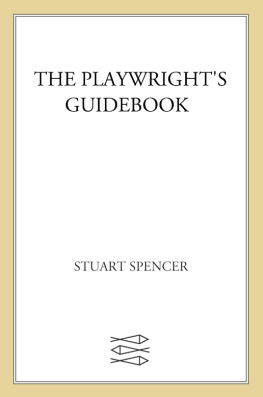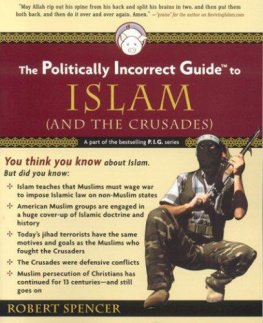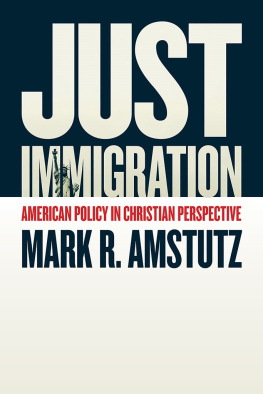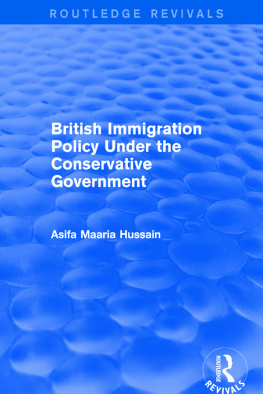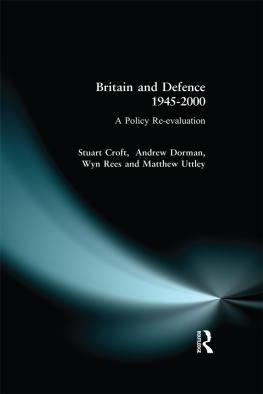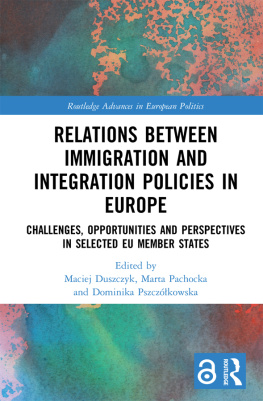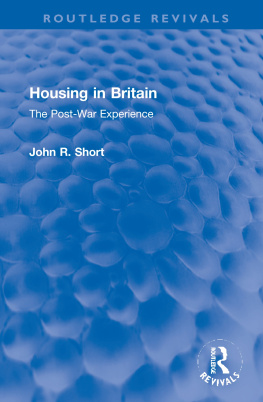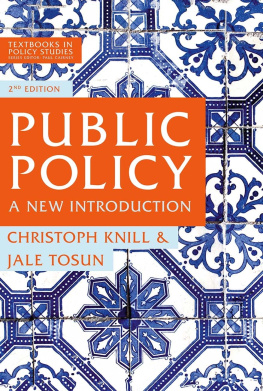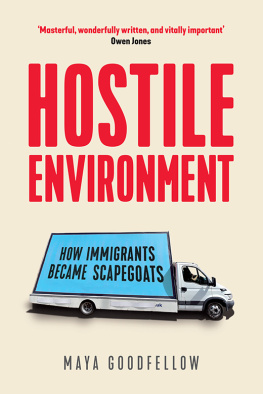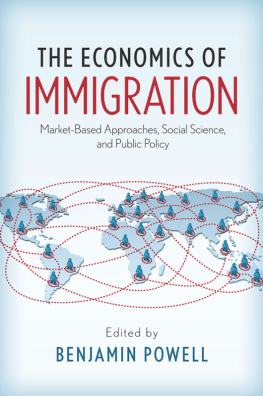British immigration policy since 1939
In the space of less than half a century, Britain has shifted from being a virtually all-white society to one in which ethnicity and race are significant social and political factors. This book traces the chronology of this transition from the Second World War, through the first restrictive legislation on immigration in the 1960s, to the development of powerful ethnic communities in modern British society.
Based on a detailed study of recently released archival material, Ian Spencers book is unique in its coverage of post-war immigration from a historical perspective. From this evidence, Spencer contends that the settlement of black and Asian people was not welcomed at any stage by the British government. The author documents the restrictive measures which failed to prevent the rapid influx in the late 1950s and 1960s of people from a wide variety of backgrounds and nationalities who displayed considerable initiative in overcoming obstacles placed in their way.
Ian R.G.Spencer is an independent consultant working in education and equal opportunities. He is the former Head of History, De Montfort University, Leicester.
British immigration policy since 1939
The making of multi-racial Britain
Ian R.G.Spencer
First published 1997
by Routledge
11 New Fetter Lane, London EC4P 4EE
This edition published in the Taylor & Francis e-Library, 2003.
Simultaneously published in the USA and Canada
by Routledge
29 West 35th Street, New York, NY 10001
1997 Ian R.G.Spencer
All rights reserved. No part of this book may be reprinted or reproduced or utilized in any form or by any electronic, mechanical, or other means, now known or hereafter invented, including photocopying and recording, or in any information storage and retrieval system, without permission in writing from the publishers.
British Library Cataloguing in Publication Data
A catalogue record for this book is available from the British Library
Library of Congress Cataloging in Publication Data
Spencer, Ian R.G.
British immigration policy since 1939: the making of multi-racial Britain/Ian R.G.Spencer.
Includes bibliographical references and index.
1. Great BritainEmigration and immigrationGovernment policy History20th century. 2. Great BritainPolitics and government 20th century. 2. Great BritainPolitics and government
1936 . I. Title.
JV7633.S64 1997 969867
325.4109045dc20 CIP
ISBN 0-203-43703-9 Master e-book ISBN
ISBN 0-203-74527-2 (Adobe eReader Format)
ISBN 0-415-13695-4 (Print Edition)
ISBN 0-415-13696-2 (pbk)
To
SULEMAN PREMJI MAWANI (19121995)
Figures
Net inward movement from the Caribbean, Africa and South Asia, 195562
Ministry of Labour voucher holders admitted, 1 July 196231 December 1972
Dependants admitted to Britain, 1 July 196231 December 1972
New Commonwealth acceptances for settlement in Britain, 197090 (in thousands)
Tables
Number of occasions per year that the issue of coloured immigration was discussed by the Cabinet, 194561
Annual immigration taken from National Insurance and Home Office figures: West Indies, India and Pakistan, 19568
Annual immigration taken from Welfare Officer and Home Office figures: West Indies, 19518
Home Office estimates of the net in ward movement of persons from the tropical Empire/Commonwealth, 195562
Number of new entrants into the National Insurance scheme, 195660
Numbers and percentage of coloured workers registered unemployed by visual count at regional Labour Offices, 195361
Asian and black immigrants: date of settlement in Britain
Measures of economic success of minority communities
Abbreviations
BCWS British Caribbean Welfare Service
CAB Cabinet Office
CM Cabinet Minutes
CO Colonial Office
CRO Commonwealth Relations Office
CRC Community Relations Commission
H.C.Debs. House of Commons Debates
H.L.Debs. House of Lords Debates
HO Home Office
IWA Indian Workers Association
LAB Ministry of Labour
MT Ministry of Transport
[PPS] PS [Parliamentary] Private Secretary
Preface
It hardly needs to be said that the making of multi-racial Britain is a very important subject. It is concerned with nothing less than a rapid and quite unprecedented demographic and cultural transformation of British society. In the space of half a century, between 1940 and 1990, communities of Indian sub-continental, Caribbean and African origin have grown from a small fraction of 1 per cent of the total population of Britain to almost 6 per cent. Within another generation it is likely that Asian and black Britain will comprise about one-tenth of the whole population. The consequences of the migration have beenand will continue to beprofound, eventually transforming the way Britain sees itself and is seen by others. My hope is that British Immigration Policy since 1939 will contribute to the growth in understanding of how and why this came about.
The transformation of Britain from an all white to a multi-racial society, in the course of the second half of the twentieth century, has attracted a great deal of media and academic attention. In academe the writing on the subject and most of the exchanges have been dominated by sociologists, anthropologists and political scientists, perhaps necessarily because most historians disqualify themselves from the study of the very recent past. Not that social scientists have always eschewed the historical approachBallard, Deakin and Layton-Henry, to give a few examples, have had much of value to say about the history of Asian and black immigration. In so far as historians have interested themselves in immigration as an aspect of modern British history, they have tendedas exemplified by Colin Holmes excellent 1988 book John Bulls Island: Immigration and BritishSociety, 18711971to see Asian and black immigration as part of a larger pattern of movement, or to examine the long-term history of black immigration to (and settlement in) Britain as, for example, in Peter Fryers Staying Power: The History of Black People in Britain (1984). The journal Immigrants and Minorities has emerged in the last decade as the place in which historians interested in all aspects of the history of British immigration and settlement can publish their views. This present volume does not adhere to either of these approaches. It is focused on immigration into Britain in the second half of the twentieth century of a myriad of communities from the Indian sub-continent, the Caribbean and Africacoloured immigration as it was called in the 1950s or New Commonwealth immigration as it was more politely labelled in the 1960s and 1970s. Put another way, this book examines aspects of the history of the immigration and settlement of most of the ethnic groups the government thought were important enough to be counted in the census of 1991. Of course, Britain has for many centuries been both multi-ethnic and multi-cultural; only recently has it become multi-racial, in the sense that only in the second half of the twentieth century have groups, who are perceived to be different from the existing settled population by the colour of their skin, settled in Britain permanently and in significant numbers.

